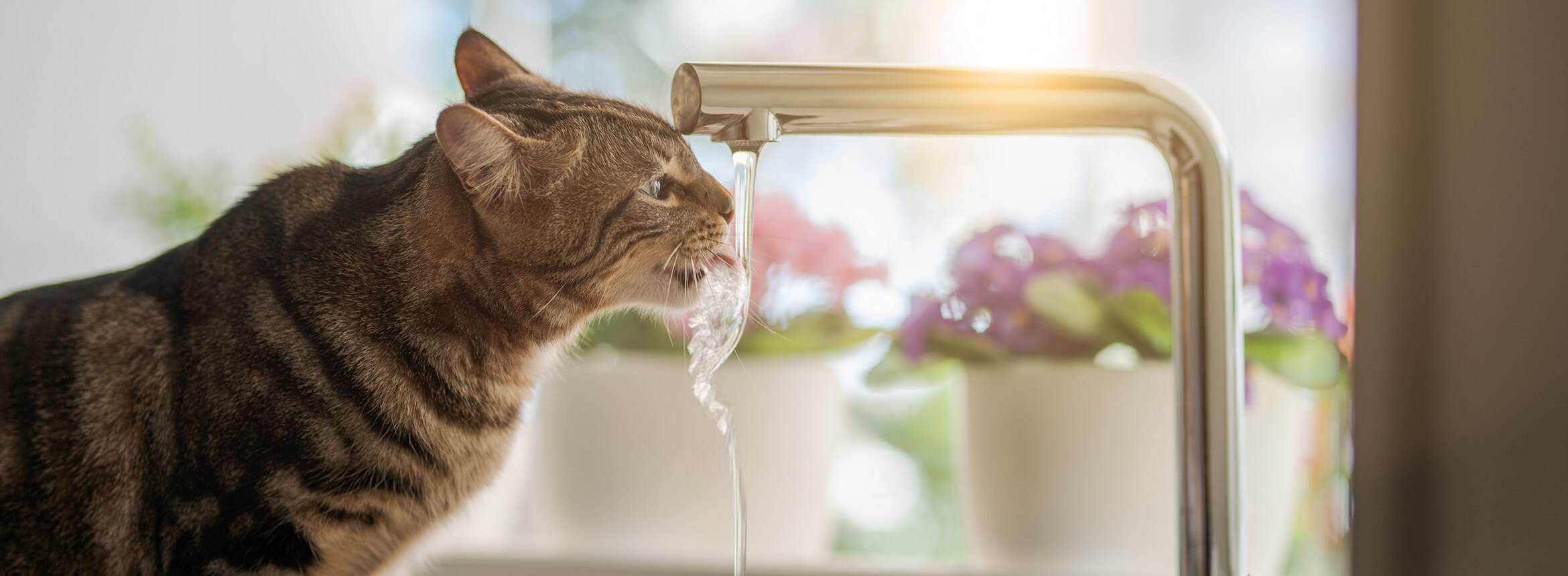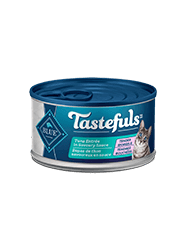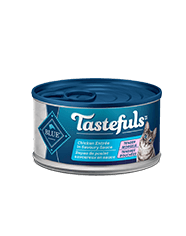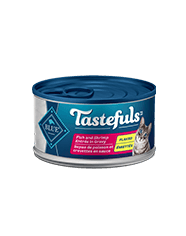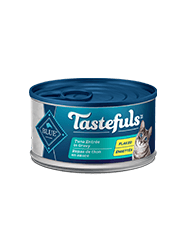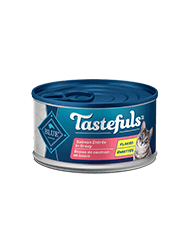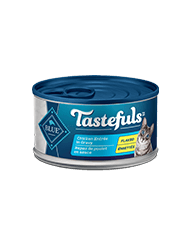Cat Hydration and Dehydration
Even though water makes up 60% to 70% of an adult cat’s body weight, felines have a reputation for not drinking enough H2O. Inadequate intake of water, or excessive loss of it, can dehydrate your cat. Regularly drinking clean water and eating wet cat food can help prevent your cat from becoming dehydrated.
How much water does a cat need?
Whether your cat is drinking a lot of water or not drinking enough, you may wonder how much water a cat needs. As cats eat food and produce metabolic waste, they need water to maintain their body temperature. Adult cats should drink about the same amount of water in milliliters as the number of kilocalories they consume each day. The amount of water your cat should drink each day depends on her specific health needs and diet.
How to hydrate a cat.
Just as wild cats shun stagnant water, your cat might not like water that’s been sitting around. Change the water a few times a day and wash and rinse the bowl. If your cat doesn’t seem to be drinking enough water, you may want to experiment with different types of bowls. Cats who prefer cold water may drink more H2O from a ceramic bowl, which helps the water stay cooler than plastic or metal bowls.
Fountain or tap water? Running water may be more appealing to your feline and entice her to drink more. There are quite a few cat drinking fountains available. If you get one, be sure to wash it, replace the filters as instructed and change the water frequently. If your cat seems shy about using the fountain, drop some ice cubes in it. The cubes bobbing around should arouse her curiosity and get her to take a look.
Your cat may prefer running water from the faucet. Turn the cold water on to slightly more than a drip when your cat is near to see if she takes the bait. Note, some cats smell the chlorine in tap water and say, “no thanks.” If that’s the case, you could pour bottled water into her bowl.
Spike it! If your cat seems totally bored with water, try adding the flavored “juice” from your own cans of tuna or salmon, packed in water, of course, not oil. You can also add a nip of something irresistible: Fill your cat’s bowl with fresh water and crush catnip leaves under the water to lure her to drink.
Add moisture with canned cat food. It’s called wet cat food for a reason. Even though canned cat food is already made up of 75% to 78% water, you can up the moisture content by adding some warm water. Warm water helps enhance the flavorful aroma of your cat’s food and adds even more moisture to the mix.
How do cats become dehydrated?
Aside from your cat not drinking water, vomiting, diarrhea, fever, trauma and heatstroke can all dehydrate your feline. Chronic dehydration is usually a symptom of another disease, such as diabetes, kidney disorders, cancer or hyperthyroidism. Elderly cats and felines who are nursing can also be susceptible to dehydration. Electrolytes like sodium, potassium and chloride, essential for normal body functions, are also lost when your cat becomes dehydrated, so rehydrating with water and important electrolytes often becomes the first line of treatment for many of those underlying diseases.
How can I tell if my cat is dehydrated?
Pinch the skin on your cat’s shoulder, pull it up gently and then release it to test its elasticity. If your cat’s skin goes back to normal, that’s good. If your cat is dehydrated, her skin will stay pinched up like a tent and you should call your veterinarian.
Other signs your cat may be dehydrated:
- Dry gums
- Listless, depressed behavior
- Suppressed appetite, won’t eat
- Increased heart rate
How is dehydration treated?
Since most dehydration results from another problem, the underlying issue should be addressed first. Contact your veterinarian, then try to get your cat to drink cool, fresh water. Your veterinarian may treat dehydration with intravenous or subcutaneous fluids under the skin, which only takes a few minutes. If your cat’s dehydration is more severe, she may require intravenous fluids for one to two days. Your veterinarian will also start treating the original problem that caused your cat’s dehydration.
Bottom line: Water is indispensable for cats, as it is for all of us. Be sure your cat has easy access to plenty of fresh water. If she turns up her nose, try some of the suggestions above to help keep her well hydrated.

